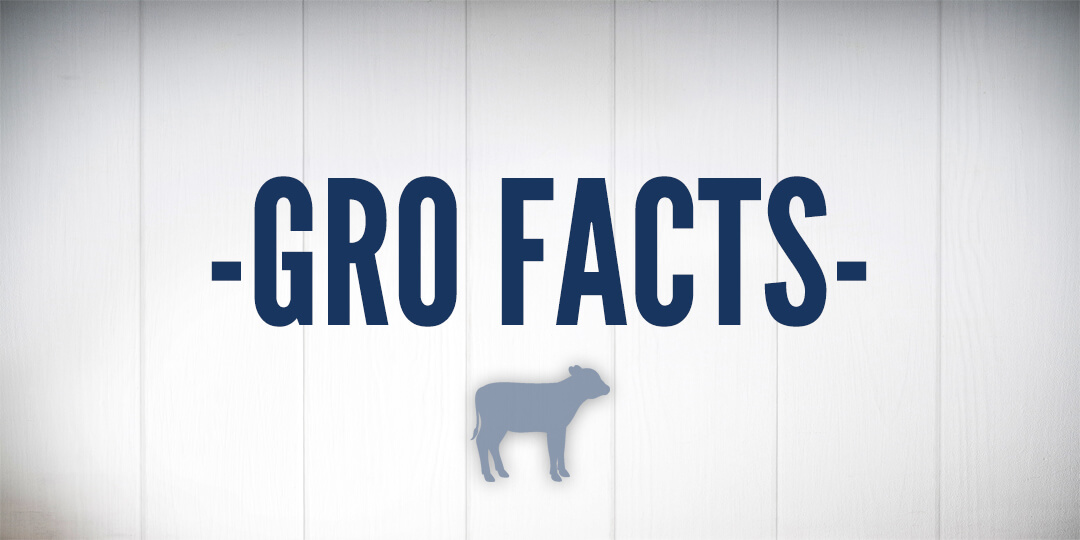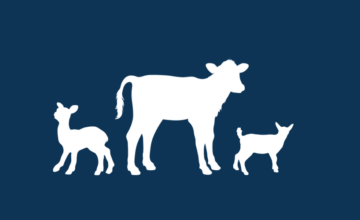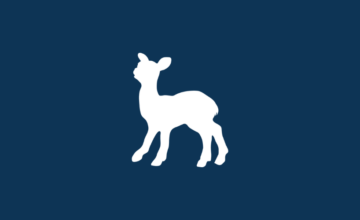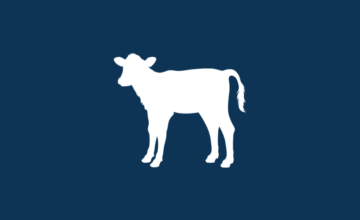Grain-Fed Veal Producer Objectives
- Mar 31, 2009
- By Grober Nutrition
- In Canada
Why Higher Protein?
Capitalize on the rapid early growth potential of young calves. Meet the needs of the rapidly growing bone and muscle for protein. This encourages greater lean tissue deposition without excess fattening.
Why Specific Protein : Fat Ratio?
Provide the correct protein to fat ratio at these higher feeding rates, to better promote muscle and skeletal growth so that increases in stature are attained. The high digestibility of lactose and the requirement for energy by the calf must be balanced for fat and protein.
Why Higher Feeding Rate?
Feeding rate determines energy intake, which sets limits on the growth potential. Grober VG is fed at a higher concentration (125g/l) than conventional milk replacers to meet growth demands of a healthy feeding program.
Milk Replacer Comparison
| Conventional feeding | Grober VG 21/19 | |
| Concentration of MR % | 11.0 | 12.5 |
| Av. daily intake (grams /day) | 400-450 | 600-660 |
| No. feeds per day | 2 | 2 |
| Av. daily growth rate (grams/day)* | 100 | 500 |
| Feed efficiency | 0.24 | 0.77 |
| Typical CP % of MR | 20 | 21 |
| Typical fat % of MR | 20 | 19 |
| Typical CP% of calf starter | 18-20 | 18-20 |
*ref: NRC 2001 for 50kg calf.
Calf Growth: What do you want?
- Transition to functioning ruminant
- Rapid growth of frame (skeleton and muscle)
- Optimal fat deposition
- High health status.
Rate of gain should not be the sole means of assessing the efficiency of a nutrition program for milk replacer fed grain veal calves.
Potential Advantages
- Improved health and immune system when calves are gaining at higher levels. (IGF-1 important regulator of cells of the immune system, IGF’s correlated to growth rates- Drackley)
- Improved feed efficiency and returns on feed investment. Feed efficiency is an important measure of how an animal utilizes the nutrients it eats and converts them into products, e.g. muscle, fat, structural growth. Ration, management and environmental factors may affect feed efficiency.
Potential Disadvantages
- Increased investment of money during milk feeding period.
- Attention to management required for success – to avoid digestive upsets, maintain high levels of sanitation, providing adequate, clean water at all times. Starter intake of 900grams per day for 3 consecutive days must be achieved before weaning can occur.
Calf Rearing Objectives
Optimum calf growth is a function of the time necessary to achieve market weight. In raising Holstein grain veal calves, the largest cost input are calves and feed. By feeding for the highest gains possible in the liquid feeding period, you will get the greatest value for the cost of milk replacer and starter. The calf’s genetic potential to grow is imprinted at birth. The ability to utilize the nutrients in milk replacer and more so the ability to consume ever increasing amounts of liquid feed is in direct relation to the volume of feed the calf feeder offers the calf. Underfeeding a calf will not only impact its growth potential but also its health and ability to overcome stress challenges. A properly designed milk replacer and feeding program should allow you to have gains approaching 500 g/d, given proper health, sanitation and management.
Grober Nutrition
Recent Posts
Tags
Archives
- October 2024
- July 2024
- May 2024
- April 2024
- January 2024
- December 2023
- October 2023
- September 2023
- August 2023
- June 2023
- December 2022
- November 2022
- October 2022
- August 2022
- July 2022
- June 2022
- May 2022
- April 2022
- March 2022
- February 2022
- January 2022
- August 2021
- February 2021
- September 2020
- June 2020
- April 2020
- May 2017
- April 2017
- October 2016
- September 2016
- August 2016
- March 2016
- March 2015
- January 2015
- December 2014
- December 2013
- September 2013
- May 2013
- January 2013
- December 2012
- November 2012
- March 2012
- March 2011
- February 2011
- November 2010
- August 2010
- December 2009
- November 2009
- March 2009















